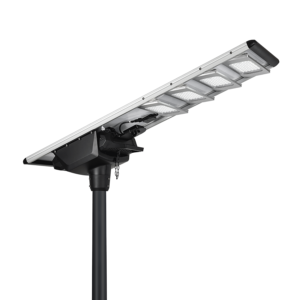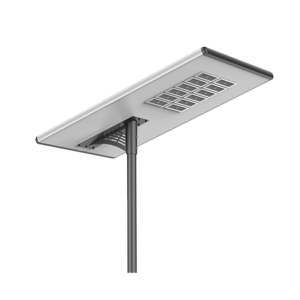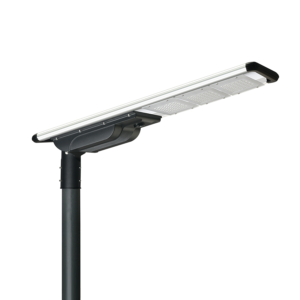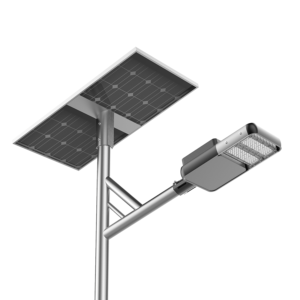Table of Contents
Aimlux optical system
Aimlux has established Aim Optics System with leading optic suppliers, provide hundreds of types of optics lenses for each product. We also provide customized optics to meet specific project requirements.
At Aimlux, we boast specialized and highly experienced teams dedicated to bid study, product match, lighting simulation, bid document submission, and sample provision to support your projects comprehensively.
With Aimlux, you can expect dedicated expertise and tailored solutions to enhance the success of your lighting projects.
Road lighting Introduction
Road lighting plays a crucial role in providing safe and comfortable conditions for road users during nighttime travel. It ensures visibility of all road features, including sidewalks, lanes, signs, markings, curbs, and crossings, essential for pedestrians, cyclists, and drivers alike. Apart from functionality, street lighting fixtures should also be efficient, reliable, durable, and aesthetically pleasing, complementing the surrounding environment both day and night.
The design of road lighting is centered around luminance concepts, aiming to create a well-illuminated pavement background that enhances object visibility. Key indicators in road lighting design include brightness levels, road surface uniformity, and glare control. However, in specific areas like parking lots, bus terminals, and bicycle lanes where closer visual tasks are essential, direct lighting becomes necessary to highlight objects against a darker background. Similarly, in high-traffic zones such as tollbooths and transit interchanges, vehicle obstruction may obscure the road surface, necessitating a different lighting approach to illuminate objects effectively. In such cases, illuminance-based methods are more suitable.
Despite variations in lighting methods, road lighting standards universally emphasize appropriate lighting levels, uniformity, and effective glare control for motorized traffic safety.
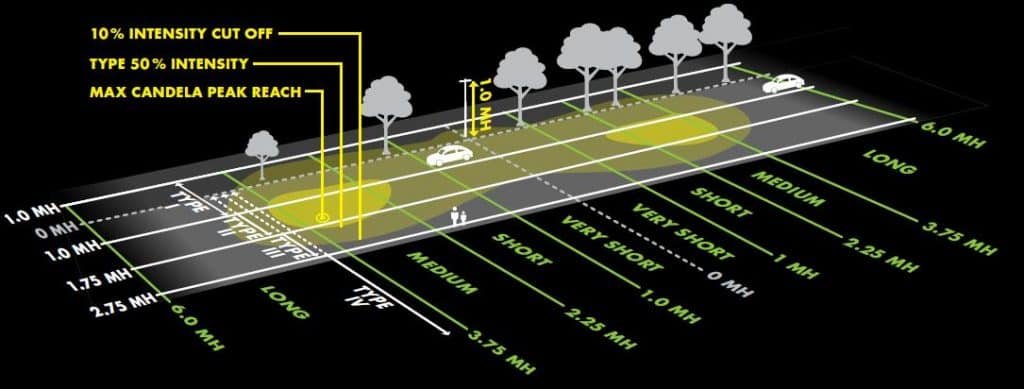
Lighting design standards
Roadway lighting levels are categorized into classes, each defined by specific lighting parameters tailored to local lighting needs. The selection of these classes is based on several factors including road function, traffic density, complexity, segregation, pedestrian flow, and ambient brightness. The road classification criteria can be referenced from the EN13201 standard.
Carriageways(M1 to M6)
For motor vehicle lanes, there are five lighting levels (M1, M2, M3, M4, and M5) which correspond to different types of roadway lighting. The recommended maintained average luminance (Lav) ensures sufficient brightness on the roadway for adequate object visibility. Additionally, the recommended overall uniformity ratio (Uo) ensures that no part of the road surface is excessively dark, thereby facilitating object visibility. The longitudinal uniformity ratio (Ul) is also recommended to ensure that no visible visual spots appear on the illuminated road surfaces. Disabling glare, measured as the Threshold Increment (TI), reduces contrast between objects and background, and the recommended TI limit ensures that glare does not impair road users’ vision.
| Lighting class | Dry | Wet | TI in % | SR | ||
| Lav in cd/m2 | Uo | UI | Uo | |||
| M1 | 2.0 | 0.40 | 0.70 | 0.15 | 10 | 0.5 |
| M2 | 1.5 | 0.40 | 0.70 | 0.15 | 10 | 0.5 |
| M3 | 1.0 | 0.40 | 0.60 | 0.15 | 10 | 0.5 |
| M4 | 0.75 | 0.40 | 0.60 | 0.15 | 15 | 0.5 |
| M5 | 0.50 | 0.35 | 0.40 | 0.15 | 15 | 0.5 |
| M6 | 0.30 | 0.35 | 0.40 | 0.15 | 20 | 0.5 |
Conflict Areas(C1 to C5)
Driveways often connect to public utility areas such as bus terminals, ferry terminals, taxi ranks, toll booths, or car parks, along with intersections, pedestrian crossings, and roundabouts. These areas are commonly known as “conflict areas” where lighting design should prioritize the illuminance approach.
Area lighting technology is employed to illuminate open spaces like conflict areas where traffic mixes or merges and diverges. The key requirements include achieving specific illuminance levels and uniformity ratios while effectively controlling glare. Vision tasks in conflict areas are typically more challenging due to changes in road layout or heavy pedestrian, cyclist, or other road user traffic. In such areas, including junctions, roundabouts, and pedestrian crossings, higher lighting levels are recommended.
| Class | Horizontal illuminance | ||
| Eav[minimum maintained] (lux) | Uo[minimum] | Threshold increment(TI in %) | |
| C0 | 50 | 0.4 | 15 |
| C1 | 30 | 0.4 | 15 |
| C2 | 20 | 0.4 | 15 |
| C3 | 15 | 0.4 | 20 |
| C4 | 10 | 0.4 | 20 |
| C5 | 7.5 | 0.4 | 20 |
Footpaths and Cycle Tracks (without motorized traffic, P1 to P6)
For sidewalks and bicycle lanes without motorized traffic lanes, there are 5 lighting levels tailored to the needs of pedestrians who prefer well-lit environments for a sense of safety. Lighting in these areas primarily relies on illuminance levels, as detailed in the table below. In areas requiring facial recognition, lamps with a color rendering index (CRI) of 70 or higher should be selected. Additionally, minimum vertical illuminance levels are specified to enhance security and deter crime in these spaces.
| Lighting class | Average horizontal illuminance Eav in lx | Minimum horizontal illuminance Emin in lx | Ti in % | Additional requirement if facial recognition is necessary | |
| Minimum vertical illuminance Ev,min in lx | Minimum semi- cylindrical illuminance Esc,min in lx | ||||
| P1 | 15 | 3.0 | 20 | 5.0 | 3.0 |
| P2 | 10 | 2.0 | 25 | 3.0 | 2.0 |
| P3 | 7.5 | 1.5 | 25 | 2.5 | 1.5 |
| P4 | 5.0 | 1.0 | 30 | 1.5 | 1.0 |
| P5 | 3.0 | 0.6 | 30 | 1.0 | 0.6 |
| P6 | 2.0 | 0.4 | 35 | 0.6 | 0.4 |
Design layout of road lighting simulation
The layout of street lighting involves two main components: street profiles and pole arrangement. By optimizing both street profiles and pole arrangement, street lighting can effectively enhance visibility, safety, and aesthetics of urban environments.
Definition of a street profile
The term “street profile” refers to the composition and layout of a road, which can vary significantly across different countries and cities. It encompasses various components that make up the road infrastructure. Common elements found in street profiles include:
Motor Vehicle Lanes: These are lanes designated for the movement of motorized vehicles such as cars, trucks, and buses.
Bicycle Lanes: Dedicated lanes for bicycles, allowing cyclists to travel safely alongside motor vehicle traffic.
Sidewalks: Pedestrian pathways located alongside the road, separated from motor vehicle lanes.
Parking Lanes: Designated areas for parallel or angled parking of vehicles, typically adjacent to the curb.
Grass Strips: Green areas or medians with grass or landscaping, providing separation between different traffic lanes or road sections.
Median: The central reservation or divider between opposing lanes of traffic.
Emergency Lanes: Additional lanes reserved for emergency vehicles or as breakdown lanes.
Urban roads often combine these elements in various configurations. Some roads may consist solely of motor vehicle lanes, while others include a combination of motor vehicle lanes, bicycle lanes, medians, and emergency lanes. The specific layout of a street profile depends on factors such as traffic volume, safety requirements, and urban planning considerations within a particular area.

Pole Arrangements for Street Lighting
After confirming the lighting standard and street profiles, selecting the appropriate pole arrangement is crucial based on road conditions. Parameters like distance between light poles, pole height, boom angle, setback, overhang, and boom length should be confirmed before implementing lighting simulation. For more detailed information, refer to our blog on luminaire arrangements. Below are five common pole arrangements for street lighting:
Staggered Arrangement:
- Suitable for roads where width does not exceed the lamp installation height.
- Luminaires are placed on one side of the road, providing good visual guidance and longitudinal uniformity.
- Disadvantage includes lower brightness on the far-side road surface, but uniformity can be improved with careful lighting design.
- Recommended for bypass roads.
Staggered Arrangement:
- Adopted for roads with width between 1 to 1.5 times the lamp installation height.
- Luminaires on both sides are staggered or zigzagged.
- Pay attention to brightness uniformity to avoid a zigzag effect.
- Not recommended for highways due to challenges in achieving acceptable longitudinal uniformity.
Opposite Arrangement:
- Used for wider roads (width > 1.5 times lamp installation height).
- Luminaires face each other across the road.
- Ideal for wide carriageways or highways.
Twin-Central Arrangement:
- Mainly for dual carriageways with lighting columns in the central reservation.
- Each lighting post typically holds two back-to-back light fixtures per side of the driveway.
- Requires wide islands, reducing capital and maintenance costs.
- Pay attention to safety during lighting maintenance due to proximity to fast lanes.
Combined Twin-Central and Opposite Arrangement:
- Combines twin luminaires in the central reservation with opposite arrangement.
- Lighting columns placed on the side of the hard shoulder.
- Suitable for expressways with exceptionally wide carriageways.
Choosing the right pole arrangement ensures optimal visibility and safety while considering road layout, traffic flow, and maintenance requirements. Each arrangement is tailored to enhance lighting performance and overall road aesthetics. If you have further questions, consult our blog or reach out to us for more details.
DIALux design for road lighting simulation
After the lighting standard, street profile and pole arrangement are confirmed, we need the help of lighting software. The street profile which we mentioned now can be imported into DIALux, including the number of motor vehicle lanes, sidewalks (bicycle lanes), median, etc. Then we can import luminaire IES files, and an experienced designers can quickly select the appropriate street lamp, wattage and spectrum according to the above information. Then adjust the design as per requirement.
Basic steps of road lighting simulation by Dialux
- Identify the lighting standard (requirement)
- Create street profiles
- Select the street lighting equipment
- Adjust the street light arrangement (proper placement of pole and light)
- Calculate the lighting parameters and adjust the design as required
- Export DIALux lighting design report
Different street profiles in one project
Streets play a vital role in urban environments, serving as key public spaces for various activities. In lighting design, streets may include multiple profiles such as motor vehicle lanes, bicycle lanes, sidewalks, and more. Importing these profiles into DIALux allows for tailored lighting solutions across different segments of the project.
Through DIALux simulation, we can efficiently choose and optimize lamps, lenses, and installation methods for each street profile, ensuring optimal lighting performance and energy efficiency. This comprehensive approach enhances safety, aesthetics, and functionality within urban landscapes.
For more details on our lighting simulation process and services, feel free to reach out or explore our resources. Together, we can illuminate your projects with precision and innovation.

Comparison of variants
After the street plan is confirmed, we need to determine the appropriate lighting fixtures for the street plan. The general wattage can be determined by Wattage/Km (generally 1.2-1.5KW/Km when the road width is 7m, and M4 lighting standard is required). For example, when the distance between the light poles is 30mand the lights are placed on one side. The suitable wattage is 40W-50W. Then we can choose the 40W Aimlux A1series street light. Here comes the question, what kind of lens is suitable? For DIALux, We can import different lenses into the software, and the result is clear at a glance in the below picture. D05 is the most suitable for this road condition, then we move to continuously optimize other parameters. Of course, this method can also be used to determine the wattage and type of street lamps.
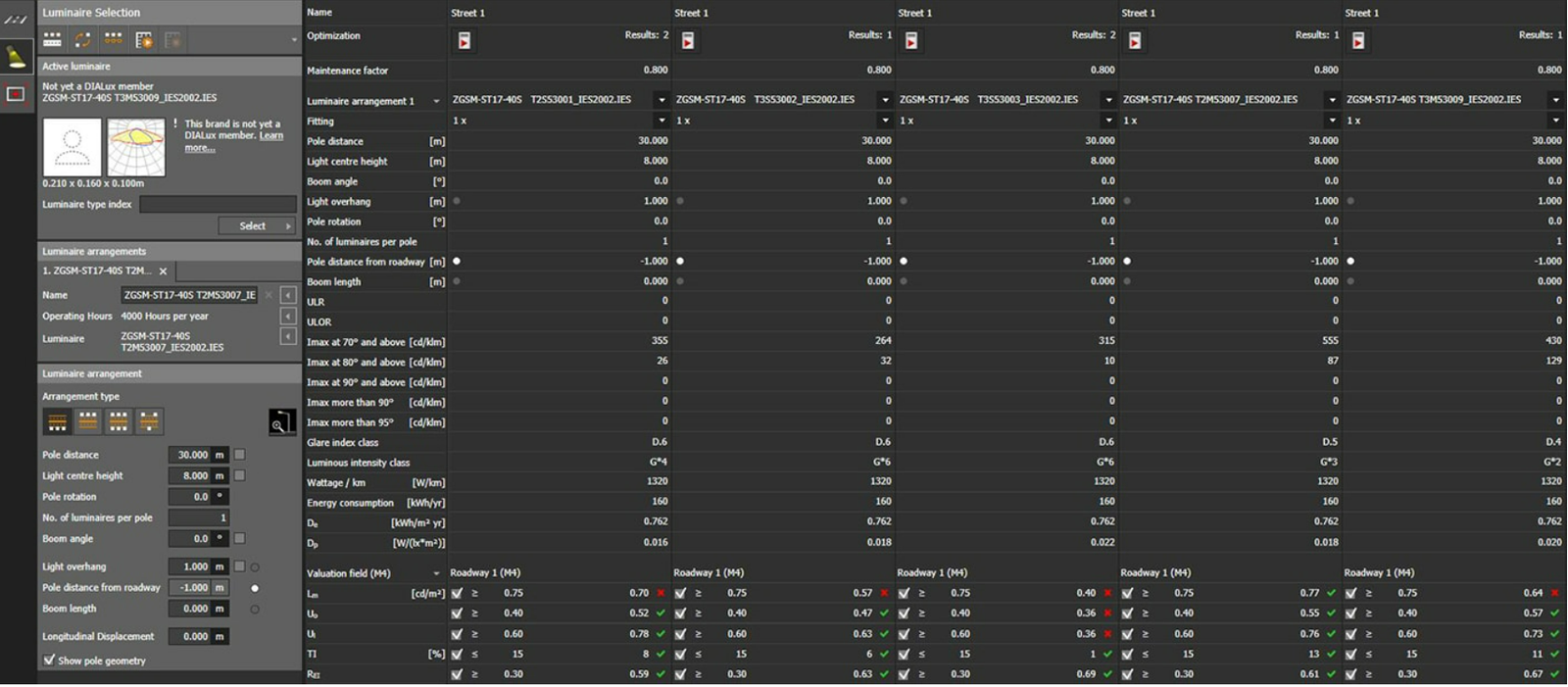
Automatic optimization of luminaire arrangement
Generally speaking, the distance between light poles, height of light poles, Boom angle, setback, overlang, and boom length are all confirmed. If you are interested in the meaning of each parameter, please refer to our other article. But some projects require us to suggest the appropriate light pole spacing, light pole height and boom, etc. At this time, lighting simulation can play its role to check the suitable parameters and DIALux EVO has great advantages in this aspect. By checking the parameters that need to be optimized, we can get the desired results. These results can provide a reference for the customer’s project planning. The lighting design scheme selected in this way is often better, which can avoid too small light pole spacing, unreasonable boom length, unreasonable inclination angle, etc. Because these often cause waste of resources, unreasonable lighting, and even light pollution. The figure below shows how DIALux EVO can achieve automatic optimization of a street light arrangement. As we can see, the suitable pole height is 9m or 10m, while the pole space can reach 40 meters after optimization.

Aimlux Street Lighting Solutions
Summary
Through this article, we hope that everyone has a certain understanding of road lighting simulation and the application of DIALux EVO in lighting simulation. In fact, lighting simulation is very complicated. If you are interested, you can read it together with our other two articles. One of them is an introduction to some key factors that need to be paid attention to in road lighting simulation, and the other is about the arrangement of street lamps. This article focuses on some applications of DIALux EVO in road lighting simulation. If you want to know more about the application of DIALux EVO, you can check the tutorial on DIALux EVO official website, which is relatively detailed but charged. In addition, if you are still choosing street lights suitable for your project, you can check our lighting fixture catalog such as the above Aimlux street light solutions. Finally, everyone is welcome to communicate with each other and increase the knowledge of road lighting design and product selection. We offer customer service 24/7!
Rated Products
Related Blogs

🌞 The Ultimate Guide to Solar Street Lights: A Sustainable Solution for Urban and Rural Lighting
As the world shifts towards sustainable energy solutions, solar streetlights have emerged as a key player in urban and rural illumination. Combining energy efficiency, cost-effectiveness,

OEM/ODM/SKD
Why Choose Aimlux? OEM/ODM/SKD Aimlux was founded by a diverse team comprising experienced and energetic members with a cumulative industry experience that caters well to

Best Road Lighting Manufacturer
Best Road lighting supplier 9 years of experience in road lighting projects. 23 years of expertise in lighting manufacture. Hundreds of optics support by professional

Serious Quality Control
Quality control of products Are you worried about the quality of the product before paying the balance? Don’t worry! Aimlux has a complete and strict

Global Quality Standard
Global Quality Standard Our factory is ISO9001 and ISO14001 certified, offering OEM/ODM/SKD services. With a professional production and QC team, we ensure high-quality products at

Rich Road Lighting Experience
Rich experience Do you worry about the poor technology and service speed? Have you wondered how to choose the right road lighting product? Afraid of
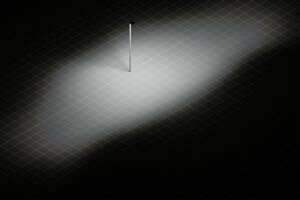
Optics Design
Aimlux’s Road Lighting Solutions Optics design Are standard optics or custom optics better suited for lighting applications with LED light sources? Lighting designers may wonder

Smart Solar street light
Smart solar street light – built-in system or wireless control Introduction Solar street lights play a crucial role in municipal street lighting, offering a sustainable

